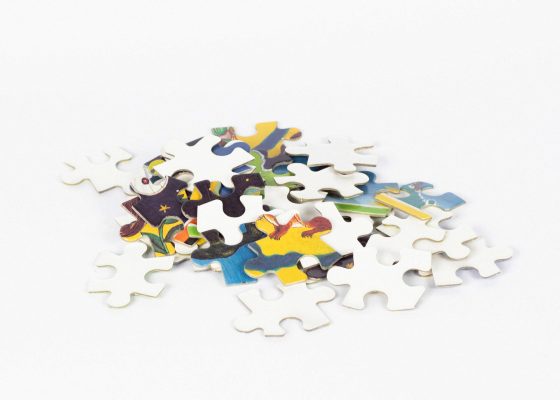
Kurt Spellmeyer
Kurt Spellmeyer is a Zen priest who directs the Cold Mountain Sangha in New Jersey and a Tricycle contributing editor. He teaches English at Rutgers University and is the author, most recently, of Buddha at the Apocalypse: Awakening from a Culture of Destruction.

According to sixth-century monk Chien-chih Seng-ts’an, faith in Mind isn’t belief or doubt, but embracing everything that happens as a puzzle piece.
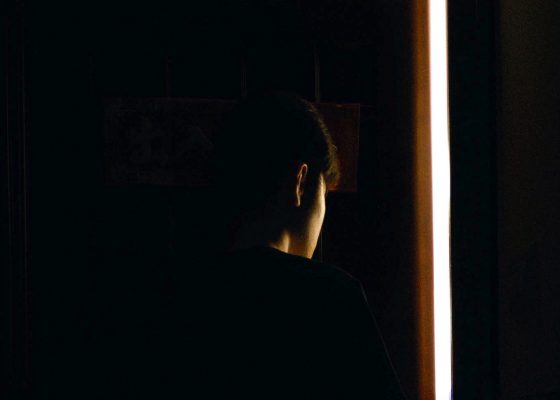
Seeing in the Dark
Zen priest Kurt Spellmeyer discusses cigarettes, samadhi, and “dwelling in emptiness.”

Helpless, Not Hopeless
Embracing interdependence as our hidden common ground is our best hope for the future.

Liberating Impermanence
Even timeless teachings must meet each moment anew.
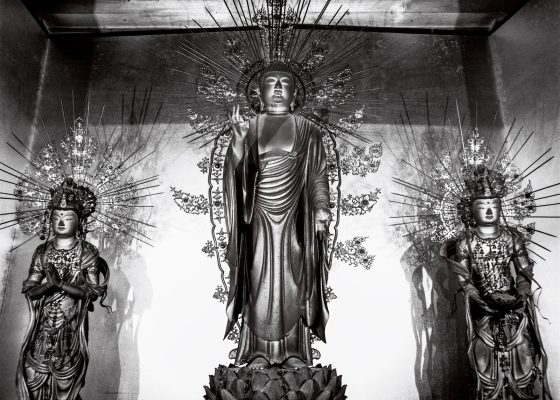
Awakened by Beauty
A Zen priest and scholar considers the role of aesthetics in a renunciant tradition.

Personal Reflections Technology
Why You’re Addicted to Your Phone
The nonstop novelty of cell phones distracts us from the true root of our suffering, says Zen priest Kurt Spellmeyer.
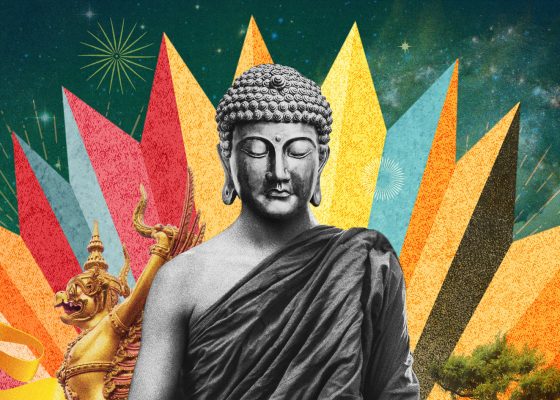
The Human Deity
Seeing the Buddha as both human and divine opens us to our own limitless nature.
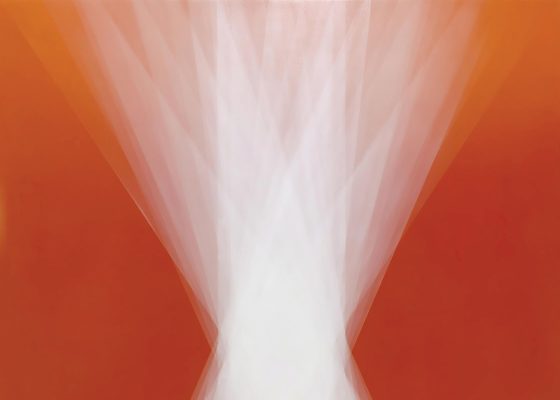
The Wisdom of Uncertainty
The dharma's true home is neither here nor there.
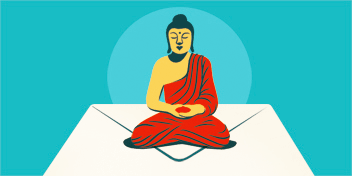
Get Daily Dharma in your email
Start your day with a fresh perspective

Explore timeless teachings through modern methods.
With Stephen Batchelor, Sharon Salzberg, Andrew Olendzki, and more
See Our Courses